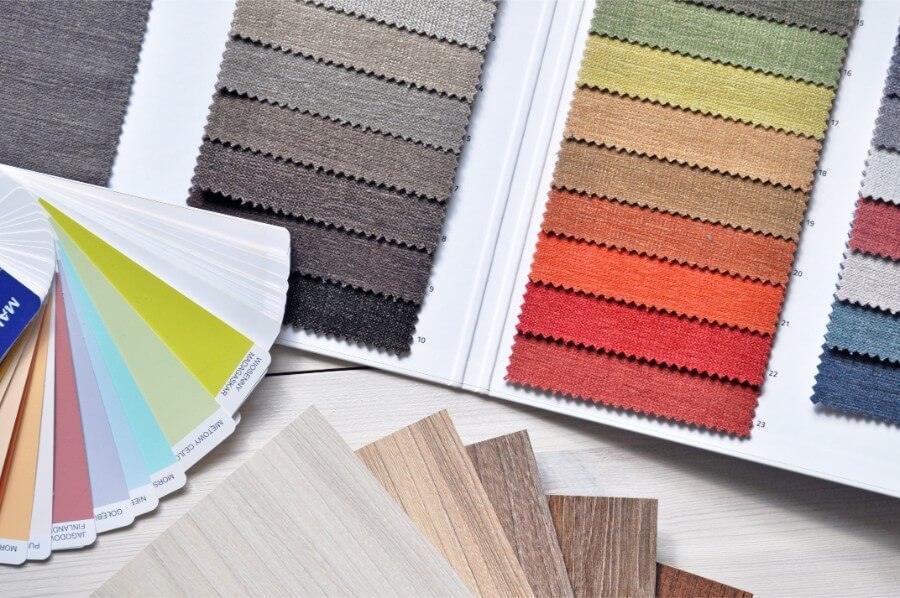
Color plays a significant role in graphic design. It’s not just about aesthetics; it also has a profound impact on the viewer’s emotions, perceptions, and behavior. In this article, we will delve deeply into the fascinating world of color psychology in graphic design and how it can be harnessed to create compelling visual experiences.
The Basics of Color Psychology
To understand the psychology of color in graphic design, we must thoroughly grasp the fundamental concepts behind it. Color psychology is the study of how different colors can evoke specific emotions and reactions in people. It’s a crucial aspect of design because it can significantly influence how users perceive and interact with a design piece.
Warm vs. Cool Colors
Colors can generally be categorized into two broad groups: warm and cool. Warm colors like red, orange, and yellow are associated with energy, warmth, and excitement. They tend to grab attention and create a sense of urgency. Cool colors like blue, green, and purple, on the other hand, evoke feelings of calmness, tranquility, and stability.
Cultural Influences
It’s essential to remember that the meaning of colors can vary across cultures. For example, while white symbolizes purity and cleanliness in many Western cultures, it is associated with mourning in some Asian cultures. Designers should consider these cultural nuances when choosing colors for their projects, as misinterpretation can lead to unintended messages and affect the effectiveness of the design.
The Impact of Color on Emotions
Now that we’ve covered the basics, let’s explore how different colors can trigger specific emotions and how designers can leverage this knowledge effectively.
Red: Passion and Energy
Red is a powerful color that symbolizes passion, energy, and love. It’s often used to grab attention and create a sense of urgency. Brands like Coca-Cola and Target incorporate red into their logos to evoke excitement and drive action. In the context of design, red can be used strategically to highlight key elements and stimulate the viewer’s emotions.
Blue: Trust and Calmness
Blue is associated with trust, reliability, and calmness. Many tech companies, including Facebook and IBM, use blue in their branding to convey a sense of security and professionalism. Blue is also known to have a calming effect, making it suitable for healthcare and wellness brands. When designing with blue, it’s essential to balance its calming nature with the intended message to avoid appearing too conservative or unexciting.
Yellow: Optimism and Cheerfulness
Yellow is the color of sunshine and happiness. It represents optimism, cheerfulness, and warmth. Brands like McDonald’s use yellow to create a welcoming and joyful atmosphere. However, excessive use of yellow can be overwhelming, so designers should use it strategically, especially in areas where a sense of positivity and energy is desired. Yellow can be particularly effective in call-to-action elements, encouraging users to take specific actions with a sense of enthusiasm.
Applying Color Psychology in Graphic Design
Now that we understand how colors can influence emotions, let’s discuss practical ways to apply color psychology in graphic design effectively.
Establishing Brand Identity
Choosing the right colors for a brand is a critical decision. The selected colors should align with the brand’s values and the emotions it wants to evoke in its audience. Consistency in color usage across branding materials helps create a strong and memorable identity. For example, consider the Coca-Cola brand, which consistently uses the red color to evoke excitement and passion in consumers’ minds. This consistency reinforces the emotional connection consumers have with the brand.
Creating Emotional Impact
Designers can use color to set the mood and tone of a design piece effectively. For instance, a healthcare brochure may use calming blues and greens to convey a sense of serenity, instilling trust and calmness in the reader. Conversely, a concert poster may opt for vibrant reds and yellows to ignite excitement and enthusiasm among potential attendees. The choice of colors can shape the entire emotional experience of the audience.
A/B Testing
A/B testing involves creating two versions of a design with different color schemes and measuring which one performs better. This data-driven approach helps designers make informed decisions about color choices based on user preferences and behavior. For instance, an e-commerce website can test two different button colors to determine which one encourages more clicks and conversions. A/B testing provides valuable insights into how color choices can impact user engagement and conversions.
Conclusion
The psychology of color in graphic design is a complex and powerful tool. By understanding how colors influence emotions, designers can create visually compelling and emotionally resonant designs that leave a lasting impact on their audience. So, the next time you embark on a graphic design project, remember to harness the power of color psychology to craft a memorable and engaging visual experience that resonates deeply with your target audience.